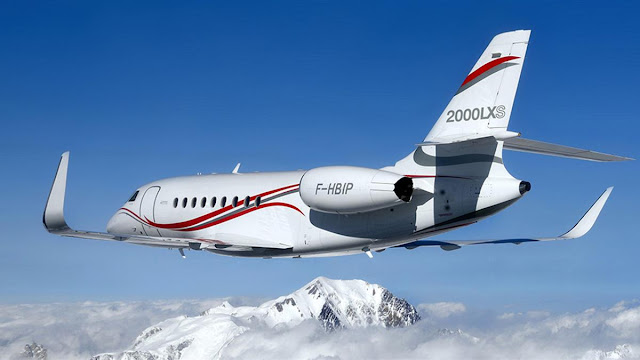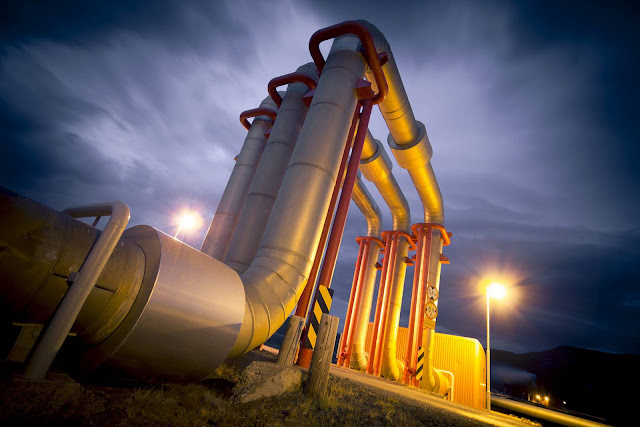Moody's Investors Service has upgraded the Government of India's local and foreign currency issuer ratings to Baa2 from Baa3 and changed the outlook on the rating to stable from positive. Moody’s is amongst the respected sovereign credit rating agency. India’s sovereign credit rating was last upgraded in January 2004 to Baa3 (from Ba1). In sovereign ratings rationale scale, AAA is considered to be highest rating and C is among the lowest. To put it in simpler terms, here’s a comparative lists of rating scale of few economies from high to low : USA - AAA, France – Aa2, China – A1, Malaysia – A3, Thailand – Baa1, India – Baa2, Russia – BA1, Brazil – BA2, Sri Lank – B1, Cambodia – B2, Pakistan – B3, Iraq – Caa1, Ukraine – Caa2, Venezuela – Caa3, Puerto Rico – C. As per popular rating scale opinion, grade of AAA to Baa3 is considered as investment grade, Ba1 to Caa3 as speculative grade and under that would be considered as default.
India’s rating has been upgraded after a period of 13 years. As per press release issued by Moody’s, the decision to upgrade the ratings is underpinned by Moody's expectation that continued progress on economic and institutional reforms will, over time, enhance India's high growth potential and its large and stable financing base for government debt, and will likely contribute to a gradual decline in the general government debt burden over the medium term. In the meantime, while India's high debt burden remains a constraint on the country's credit profile, Moody's believes that the reforms put in place have reduced the risk of a sharp increase in debt, even in potential downside scenarios.
Moody's has also raised India's long-term foreign-currency bond ceiling to Baa1 from Baa2, and the long-term foreign-currency bank deposit ceiling to Baa2 from Baa3. The short-term foreign-currency bond ceiling remains unchanged at P-2, and the short-term foreign-currency bank deposit ceiling has been raised to P-2 from P-3. The long-term local currency deposit and bond ceilings remain unchanged at A1.
India’s government bonds rating upgrade is a result of key economic reforms taken by PM Modi’s government. After three years of the NDA government, the government is mid-way through the wide of economic and institutional reforms. Moody’s has hailed recent economic reforms as they aim to bring in transparency and improve the business climate. World Bank CEO at a summit in New Delhi rightly said that no other country as the size of India has jumped 30 places in Ease of Doing Business in the economic history of this world. While many important reforms remain at the design phase, Moody's believes that those implemented to date will advance the government's objective of improving the business climate, enhancing productivity, stimulating foreign and domestic investment, and ultimately fostering strong and sustainable growth. The reform program will thus complement the existing shock-absorbance capacity provided by India's strong growth potential and improving global competitiveness.
Political analysts in India are busy taking a dig at PM Modi for a fall in GDP due to GST implementation and demonetisation. Major rating agencies think otherwise and has given a thumbs-up to Modi’s economic policy and decision making as they think a short-term fall in India’s GDP is a result of policy implementation, not policy paralysis. As per Moody’s, key elements of the reform program include the recently-introduced Goods and Services Tax (GST) which will, among other things, promote productivity by removing barriers to interstate trade; improvements to the monetary policy framework; measures to address the overhang of non-performing loans (NPLs) in the banking system; and measures such as demonetization, the Aadhaar system of biometric accounts and targeted delivery of benefits through the Direct Benefit Transfer (DBT) system intended to reduce informality in the economy.
Most of these measures will take time for their impact to be seen on the GDP growth such as the GST and demonetization. As a result of policy implementation, growth has been undermined in near term. Moody's expects real GDP growth to moderate to 6.7% in the fiscal year ending in March 2018. However, as disruption fades, assisted by recent government measures to support SMEs and exporters with GST compliance, real GDP growth will rise to 7.5% in FY2018, with similarly robust levels of growth from FY2019 onward. Longer term, India's growth potential is significantly higher than most other Baa-rated sovereigns. Economists are bullish on India and they expect GDP growth of more than 8% in next few years.
India will spend more than Rs 50 lakh crores on highway developments, ports, metro rail, bullet trains and rural connectivity in five years. India’s debt to GDP ratio stood at 66% but Moody’s has affirmed a stable outlook on India’s spendings. Moody's expects India's debt-to-GDP ratio to rise by about 1 percentage point this fiscal year, to 69%, as nominal GDP growth has slowed following demonetization and the implementation of GST. The debt burden will likely remain broadly stable in the next few years, before falling gradually as nominal GDP growth continues and revenue-broadening and expenditure efficiency-enhancing measures take effect.
Much remains to be done. Challenges with the implementation of the GST, ongoing weakness of private sector investment, slow progress with a resolution of banking sector asset quality issues, and lack of progress with land and labor reforms at the national level highlight still material government effectiveness issues. However, Moody's expects that over time at least some of these issues will be addressed, resulting in a steady further improvement in India's government effectiveness and overall institutional framework.
A rating upgrade for India comes at a time when rating agencies Standard and Poor’s (S&P) and Moody’s have cut China’s sovereign rating. Moody’s cut China’s long-term local and foreign currency issuer ratings to A1 from Aa3 on 24 May on concerns that the country’s financial strength would erode in the coming years. S&P followed by cutting China’s long-term sovereign credit ratings one notch to A+ from AA- on 21 September, holding that its prolonged period of strong credit growth had increased economic and financial risks.
India would need to improve its land and labour reforms significantly to move to next notch. In infrastructure sector alone, companies failed to repay back loans due to stuck land acquisitions. Industries like steel, metal, infra etc are yet to recover from the financial horror of global economic slowdown. Things are improving quickly in India than any other country. This is India’s opportunity to rise back.
- Chaitanya Kulkarni ( TheIndianCapitalist.com, DigiCookies.com, MarineBharat.com )












